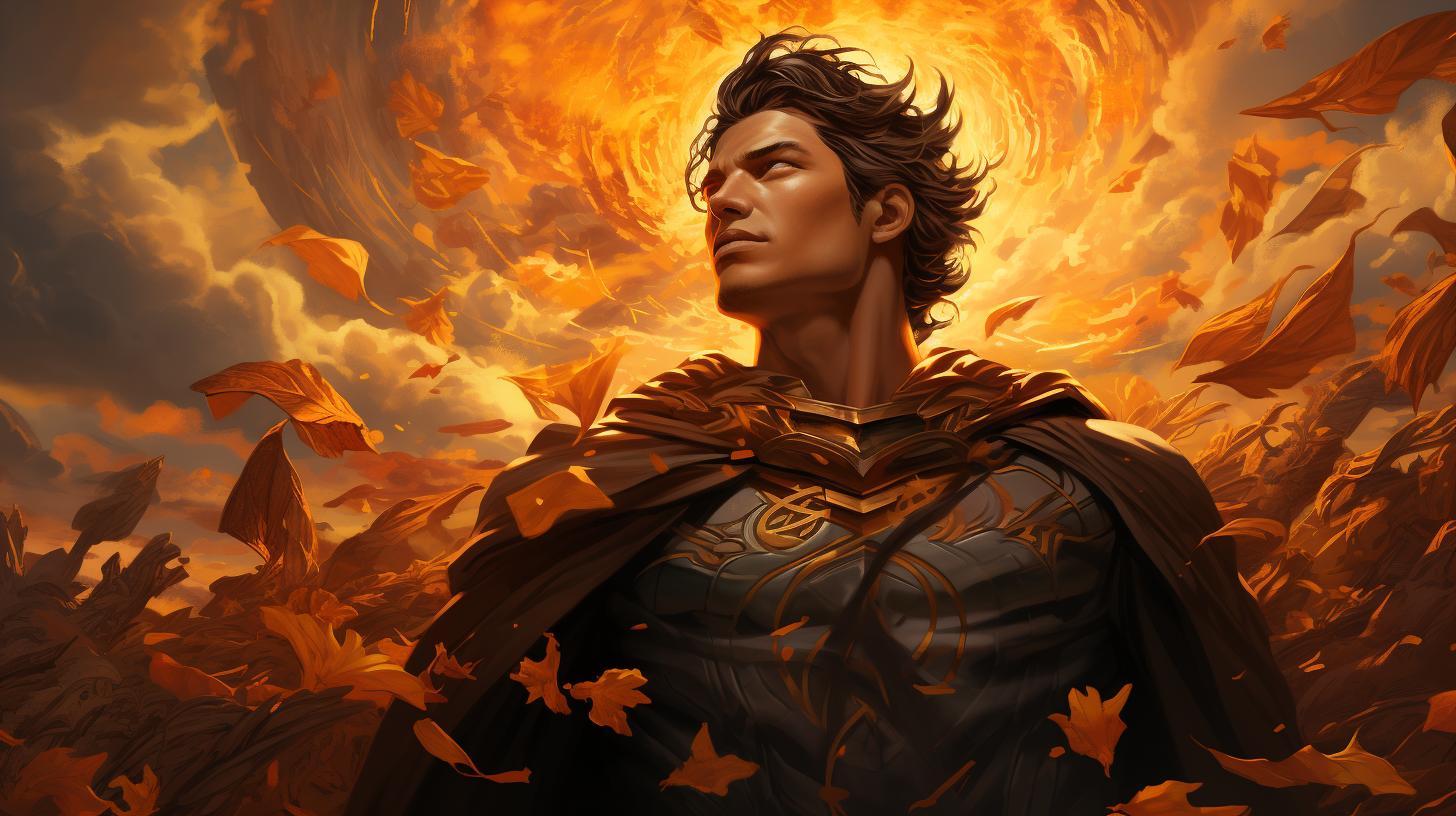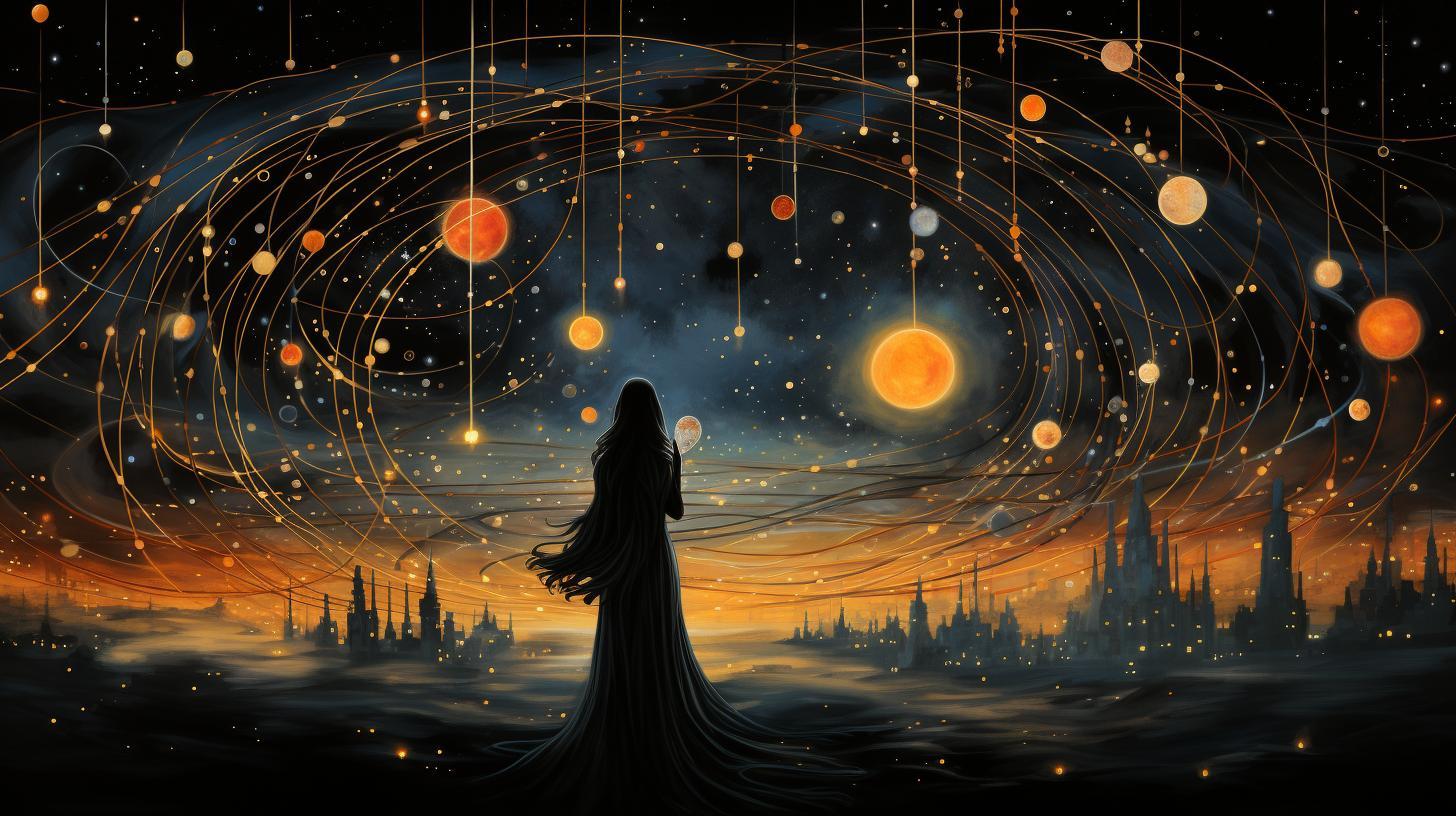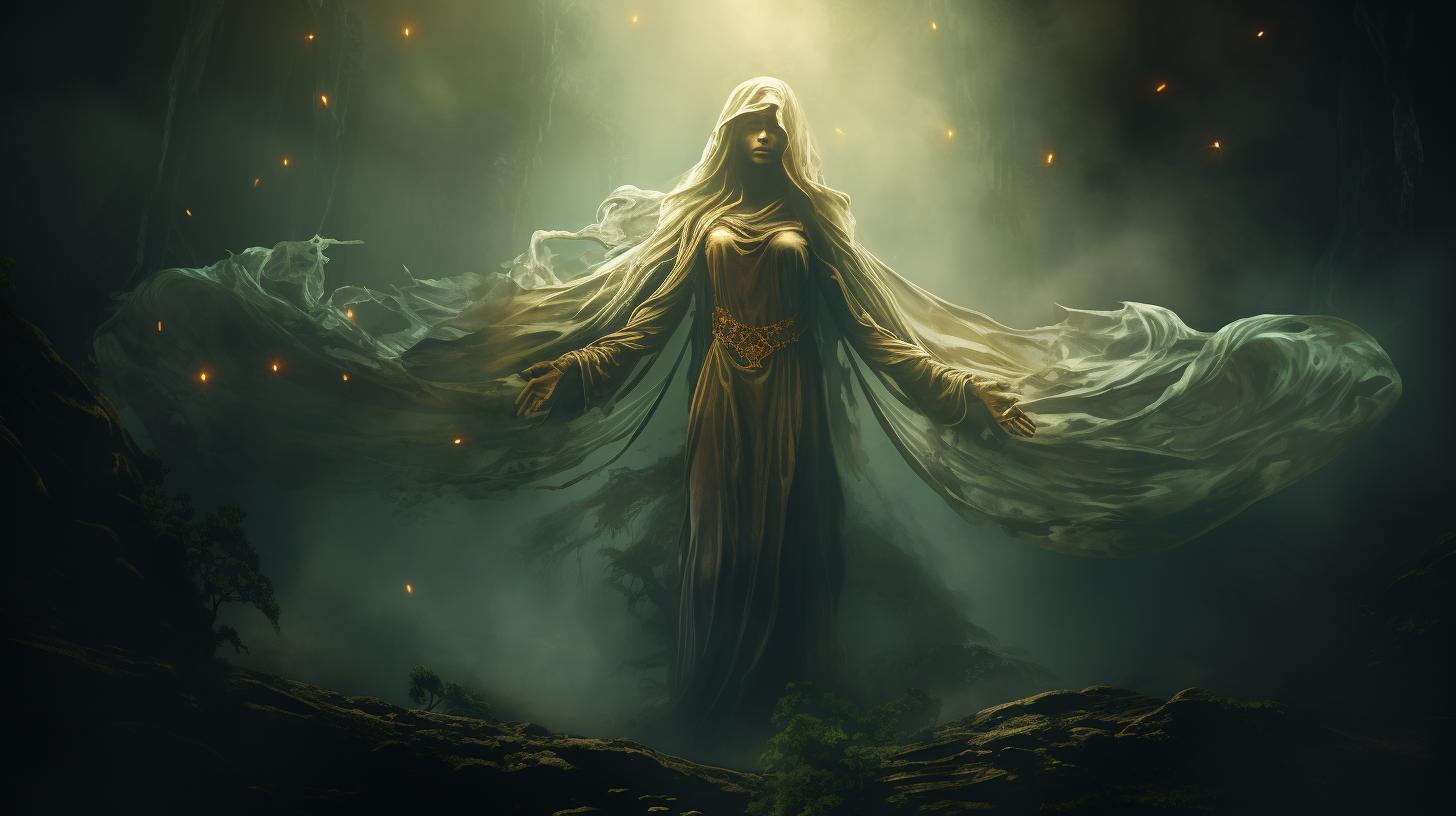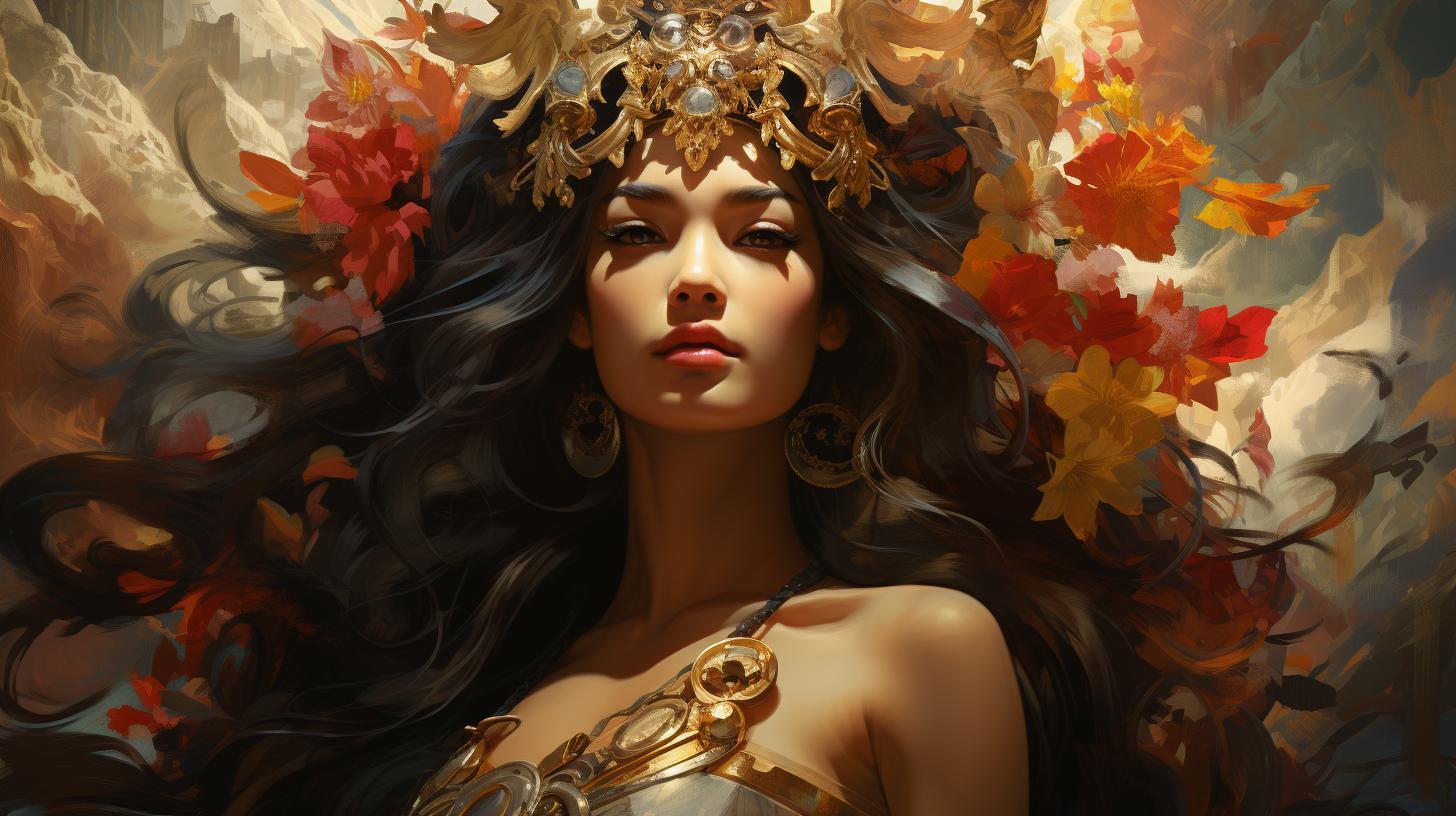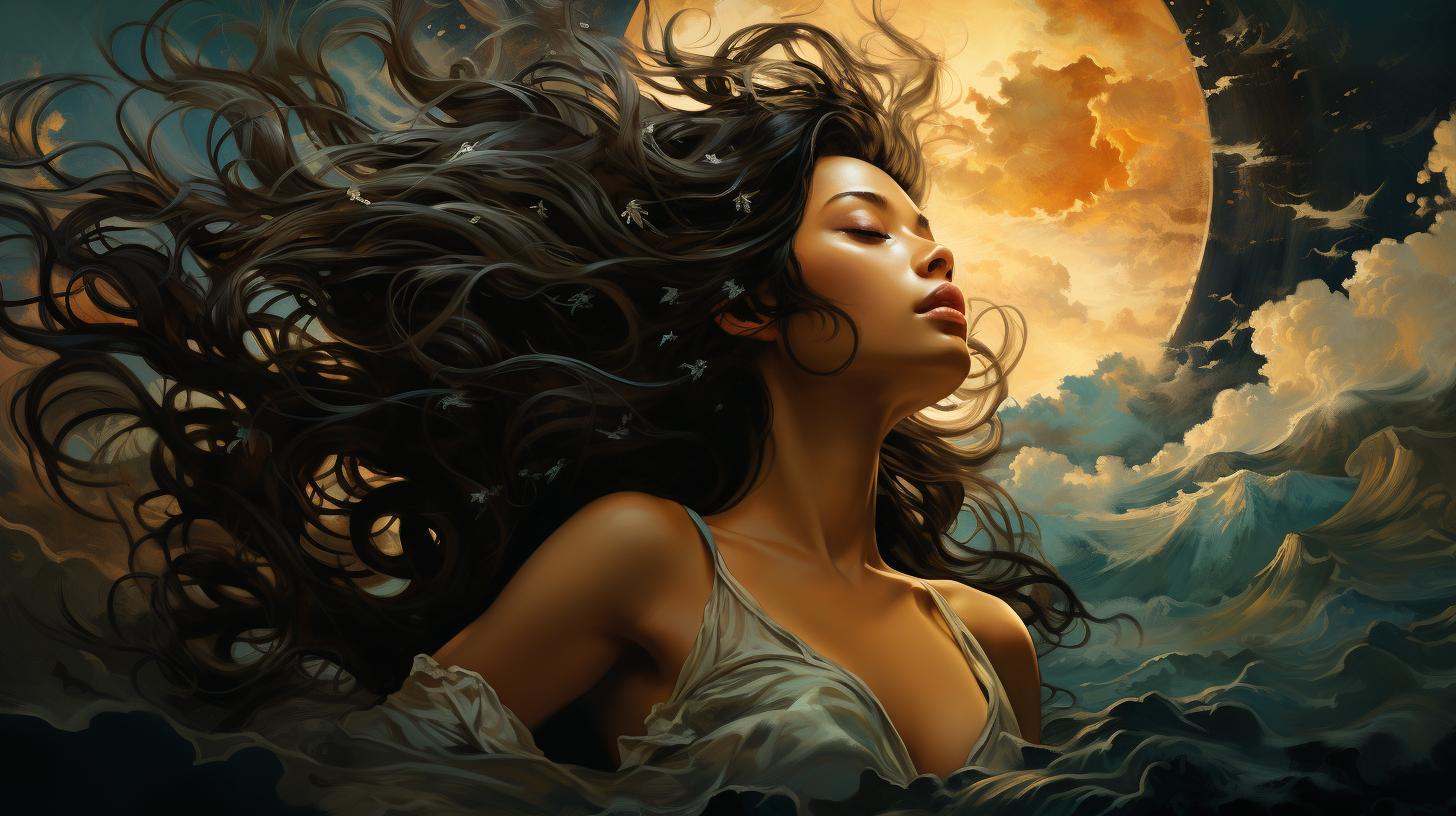Discover the Rich Mythology of Filipino Gods and Goddesses: A Fascinating Journey into Filipino Folklore
Filipino gods and goddesses play a significant role in the rich mythology of the Philippines. They are deeply rooted in the beliefs and traditions of the ancient Tagalogs, with Bathala being the supreme god.
Other major deities include Apolaki, the god of war and the sun, Mayari, the goddess of the moon and night, and Tala, the guiding deity of the stars.
Lesser deities like Diyan Masalanta, Anitun Tauo, and Magwayen also hold their own importance.
These divine beings have influenced Philippine arts, literature, and music, and continue to shape modern Filipino culture, preserving its heritage and captivating with their timeless stories and legends.
The Origins of Filipino Gods and Goddesses
The rich mythology of Filipino gods and goddesses traces back to the beliefs and traditions of the ancient Tagalogs, an indigenous ethnic group in the Philippines.
Their intricate folklore and cosmology showcase a deep connection to nature and the spiritual realm.
The Ancient Tagalogs and Their Beliefs
The ancient Tagalogs, who inhabited the region now known as Manila, held a profound spiritual belief system. They believed in the existence of powerful deities and spirits that governed various aspects of life, such as nature, warfare, fertility, and celestial bodies.
These beliefs were intertwined with their daily rituals and practices, shaping their cultural identity.
The Supreme Deities in Philippine Folklore
At the forefront of Philippine mythology are the supreme deities who hold immense power and influence over the cosmos. These deities are revered as the creators and protectors of the universe.
Among them, Bathala stands out as the most prominent and revered figure.
Bathala: The Supreme God of the Philippines
Bathala, often referred to as the creator of all things, is regarded as the supreme god in Philippine folklore. The ancient Tagalogs believed that Bathala had control over the elements and was responsible for the creation of the world and all living beings.
Bathala is associated with benevolence, justice, and life-giving powers, making him a central figure in the mythology and religious practices of the Philippines.
The mythology surrounding Filipino gods and goddesses is a testament to the rich cultural heritage and spiritual beliefs of the ancient Tagalogs. Understanding the origins and significance of these divine beings provides a fascinating glimpse into the captivating world of Filipino folklore and mythology.
Major Deities in Philippine Mythology
Apolaki: The Filipino God of War and Sun
Apolaki holds a prominent role in Philippine mythology as the god of war and the sun. Known for his immense strength and bravery, Apolaki is often depicted as a formidable warrior with golden armor and radiant rays surrounding him.
He symbolizes courage, victory, and protection, with his presence believed to bring prosperity and good fortune to those who honor him. The ancient Tagalogs offered prayers and sacrifices to Apolaki in times of war and sought his guidance for success in battles.
Mayari: The Goddess of the Moon and Night
Mayari, the goddess of the moon and night, is an important deity in Filipino folklore. Regarded as a benevolent goddess, she encompasses the soft glow and enchanting beauty of the moon.
Mayari is often depicted with a silver halo and is believed to embody grace, femininity, and balance. Many folklore stories depict her as a symbol of harmony and protection, guiding travelers and warding off evil spirits in the darkness of the night.
Tala: The Deity Who Guides the Stars
Tala, the deity who guides the stars, holds a significant place in Philippine mythology. She is associated with navigation, as her shining presence in the night sky helped ancient seafarers navigate their way across vast oceans.
Tala is often depicted as a radiant goddess with a tiara of stars, illuminating the path for travelers and bestowing them with guidance and protection. She represents hope, inspiration, and the promise of a bright future.
These major deities in Philippine mythology reveal the depth and richness of the culture’s beliefs. Their intricate stories and divine attributes continue to captivate and inspire, as they are a testament to the ancient wisdom and spiritual connection of the Filipino people.
Lesser Deities and Spirits in Filipino Folklore
In addition to the major deities in Philippine mythology, there are also numerous lesser deities and spirits that play important roles in Filipino folklore. These divine beings embody various aspects of nature, emotions, and beliefs, offering a diverse and complex understanding of the spiritual realm.
Let’s explore some of these lesser-known deities:
Diyan Masalanta: The Goddess of Love and Healing
Diyan Masalanta is a revered goddess associated with love, courtship, and healing in Filipino folklore. She is often depicted as a youthful and beautiful deity who brings happiness, harmony, and fertility to relationships.
Diyan Masalanta is called upon by individuals seeking guidance in matters of the heart, as well as those in need of physical or emotional healing.
Anitun Tauo: The Wind and Rain Deity
Anitun Tauo holds immense power over the wind and rain, making her a crucial figure in agricultural communities. As the deity responsible for controlling weather patterns, she is both feared and respected.
Anitun Tauo’s presence is often invoked during times of drought or excessive rainfall, with rituals and offerings performed to seek her favor and ensure bountiful harvests.
Magwayen: The Goddess of the Underworld and Death
Magwayen is the deity who governs the underworld and presides over matters of death and the afterlife. She is often depicted as a fearsome goddess with authority over souls. Magwayen ensures the safe passage of departed souls to the next life and demands respect and proper rituals from the living in honoring the deceased.
She symbolizes the cycle of life, death, and rebirth.
The inclusion of these lesser deities and spirits in Filipino folklore demonstrates the intricate and diverse belief system of the ancient Tagalogs. Their presence enriches the mythology by adding multiple layers of symbolism, cultural significance, and spiritual guidance.
Filipino Gods and Goddesses in Culture and Society
Exploring the rich tapestry of Filipino culture and society reveals the profound influence of gods and goddesses from ancient mythology. From the realms of art, literature, and music to religious practices, rituals, and captivating legends, these divine beings have left an indelible mark on Filipino life and heritage.
Influence on Philippine Arts, Literature, and Music
The gods and goddesses of Filipino folklore have inspired countless artistic expressions throughout history. Paintings, sculptures, and various forms of visual arts depict these divine figures, capturing their beauty and power.
Moreover, their stories and legends serve as a wellspring of inspiration for poets, writers, and playwrights, enriching Philippine literature. Traditional music and dances also pay homage to these deities, adding a touch of spirituality and cultural significance to artistic performances.
Religious Practices and Rituals
Filipino religious practices and rituals are intimately intertwined with the worship of gods and goddesses. Devotees engage in prayer, offerings, and ceremonies to honor these divine beings, seeking their blessings, protection, and guidance.
Festivals and religious processions celebrating specific deities have become an integral part of Filipino culture, showcasing the vibrant and enthusiastic religious fervor that permeates communities nationwide.
Legends and Stories of Gods and Goddesses
The mythology of Filipino gods and goddesses is a treasure trove of captivating legends and stories passed down through generations. These tales narrate epic battles, forbidden romances, and profound lessons intertwined with the divine world.
These myths ignite imaginations, instill moral values, and serve as a connective thread that bridges the past and present, ensuring the legacy of these deities endures in the hearts and minds of the Filipino people.
Impact on Modern Filipino Culture
The enduring relevance of Filipino gods and goddesses in modern culture is evident in various aspects of contemporary Filipino society. Their influence can be seen in the fusion of traditional and modern art forms, the preservation and revitalization of indigenous practices, and the resurgence of interest in Filipino folklore.
These divine figures continue to shape the identity and cultural resilience of the Filipino people, allowing their rich heritage to thrive in a rapidly changing world.
The Impact of Filipino Mythology Today
The rich mythology of Filipino gods and goddesses continues to have a profound impact on various aspects of Filipino culture and society. From preserving cultural heritage to influencing modern Filipino culture, the gods and goddesses of Filipino folklore play a significant role in shaping the identity and beliefs of the Filipino people.
Preservation of Cultural Heritage
Filipino mythology serves as a vital link to the country’s ancient past, preserving the cultural heritage of the Philippines. The stories and legends passed down through generations not only entertain but also provide valuable insights into the beliefs, practices, and values of the Filipino ancestors.
By exploring and studying Filipino gods and goddesses, future generations can gain a deeper understanding and appreciation for their cultural roots.
Influence on Modern Filipino Culture
The influence of Filipino mythology can be seen in various aspects of modern Filipino culture. Art, literature, music, and even fashion often draw inspiration from the gods and goddesses of Filipino folklore.
Artists and writers incorporate elements of mythology into their works, infusing them with a sense of cultural identity and pride. Moreover, festivals and celebrations throughout the Philippines often showcase mythical characters, allowing people to connect with their ancient beliefs and traditions.
Representation and Recognition in Contemporary Society
In recent years, there has been an increased emphasis on promoting representation and recognition of Filipino gods and goddesses in contemporary society. Efforts are being made to elevate the status of these divine beings and highlight their importance in Filipino culture.
This includes incorporating them into education curricula, showcasing their stories in museums and exhibits, and promoting awareness and appreciation among both Filipinos and non-Filipinos alike. By recognizing and celebrating the gods and goddesses of Filipino mythology, society acknowledges the rich history and diverse spiritual beliefs of the Filipino people.

